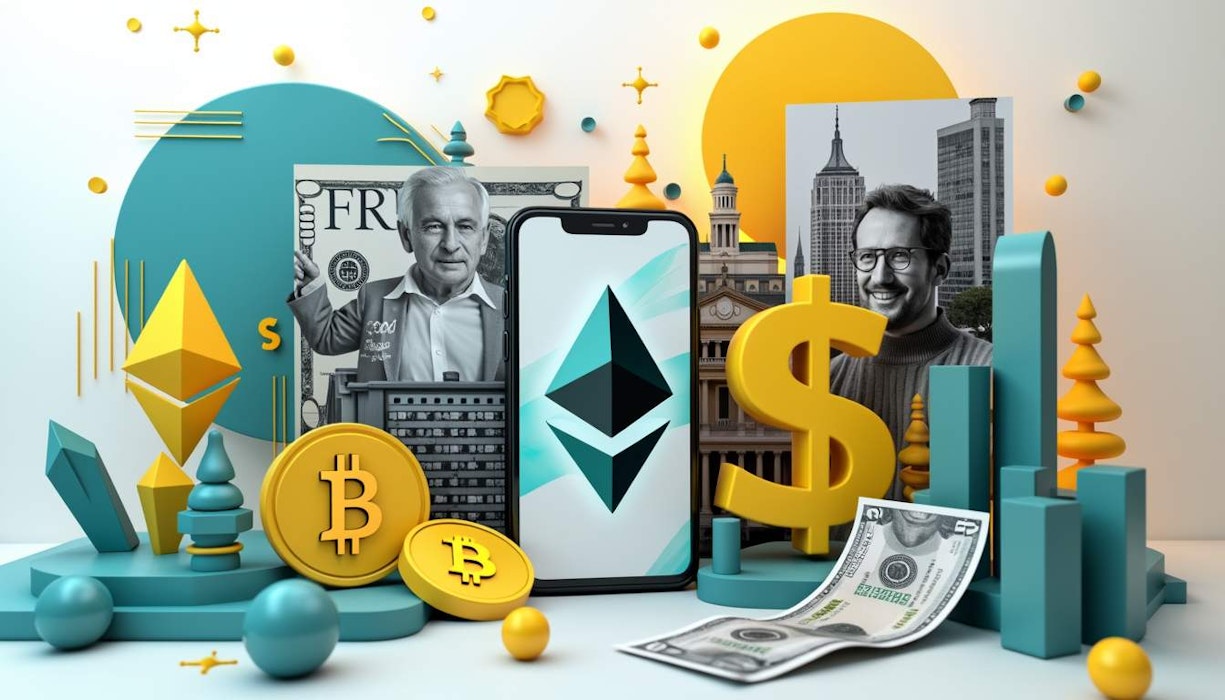What is Bitget's Plan with 800 Million Tokens?
Bitget is set to burn a staggering 800 million BGB tokens, accounting for 40% of its total supply. The move, valued at around $6.8 billion, aims to bolster the utility and scarcity of its native token. The first burn will significantly slash the supply, with the hope that this will increase the value of the remaining tokens.
Following this initial burn, Bitget will commence a quarterly burn program in 2025, using 20% of its profits to buy back and burn BGB tokens. This approach is intended to ensure a consistent reduction in supply, thereby fostering long-term value growth and trust among investors.
Can Token Burning Really Boost the Price of BGB?
Token burning has the potential to influence the price of a cryptocurrency by decreasing its total supply. By burning BGB tokens, Bitget aims to create a sense of scarcity, which could lead to an increase in value as long as demand remains constant or grows. This strategy resembles corporate stock buybacks, where reducing the number of shares can enhance their value.
The strategy has already shown some effectiveness, as evidenced by a 15.36% surge in BGB's price within 24 hours of the announcement. However, the real question remains: will this strategy sustain its effectiveness over time?
What Are the Potential Drawbacks of Burning Tokens?
While burning tokens can create scarcity and potentially boost value, there are notable risks. Market volatility can be extreme, as a limited supply might prompt significant price fluctuations. If large holders decide to sell, the market may struggle to absorb the excess supply, leading to rapid price declines.
Furthermore, the risk of manipulation looms large in a scarce market. "Pump and dump" schemes become more feasible, potentially inflating prices artificially before a sharp decline. Projects that lack a robust ecosystem alongside a scarcity strategy may find it difficult to maintain high prices in the long run.
Regulatory scrutiny is also a significant concern. Authorities may view scarcity strategies with suspicion due to the potential for manipulation and adverse effects on retail investors. This could complicate the legal landscape and impact token value.
How Will BGB's Integration into Off-Chain Payments Impact Its Value?
Integrating BGB into off-chain payments could greatly increase its utility and demand. Off-chain transactions are faster and cheaper than on-chain ones, which require blockchain consensus. This increased scalability is essential for high-volume transactions, improving payment efficiency and appeal.
Bitget plans to incorporate BGB into its GetGas feature, allowing users to pay gas fees using one token across multiple chains. This feature, launching in January 2025, aims to facilitate interoperability and increase demand for BGB. Reduced transaction fees and faster settlement times could create a more active and liquid market for BGB.
What Can We Learn from Other Exchanges' Token Burns?
Looking at other exchanges that have successfully executed token burns can provide valuable insights. Binance's regular BNB burns have consistently led to greater scarcity and demand for BNB, improved transparency with detailed burn reports, and increased long-term value for holders. Predictable and consistent burns could enhance investor confidence.
Ethereum's EIP-1559 upgrade features a burn mechanism for a portion of transaction fees, stabilizing ETH's supply and reducing its inflation rate. This deflationary approach has improved the value perception among holders and ensured stability and transparency.
MakerDAO's conditional token burns, which burn MKR tokens whenever a loan is repaid, have created a self-regulating economy that adapts to platform activity. This dynamic could offer a model for Bitget's quarterly burns.
In Conclusion
Bitget's ambitious plan to burn 800 million BGB tokens and implement a quarterly burn program seeks to create value and utility through scarcity. While this strategy has potential, it also presents risks, including volatility, manipulation, and regulatory concerns. Integrating BGB into off-chain payments could further enhance its value and demand. Learning from the successful token burn strategies of other exchanges may help Bitget build investor confidence and long-term value.
